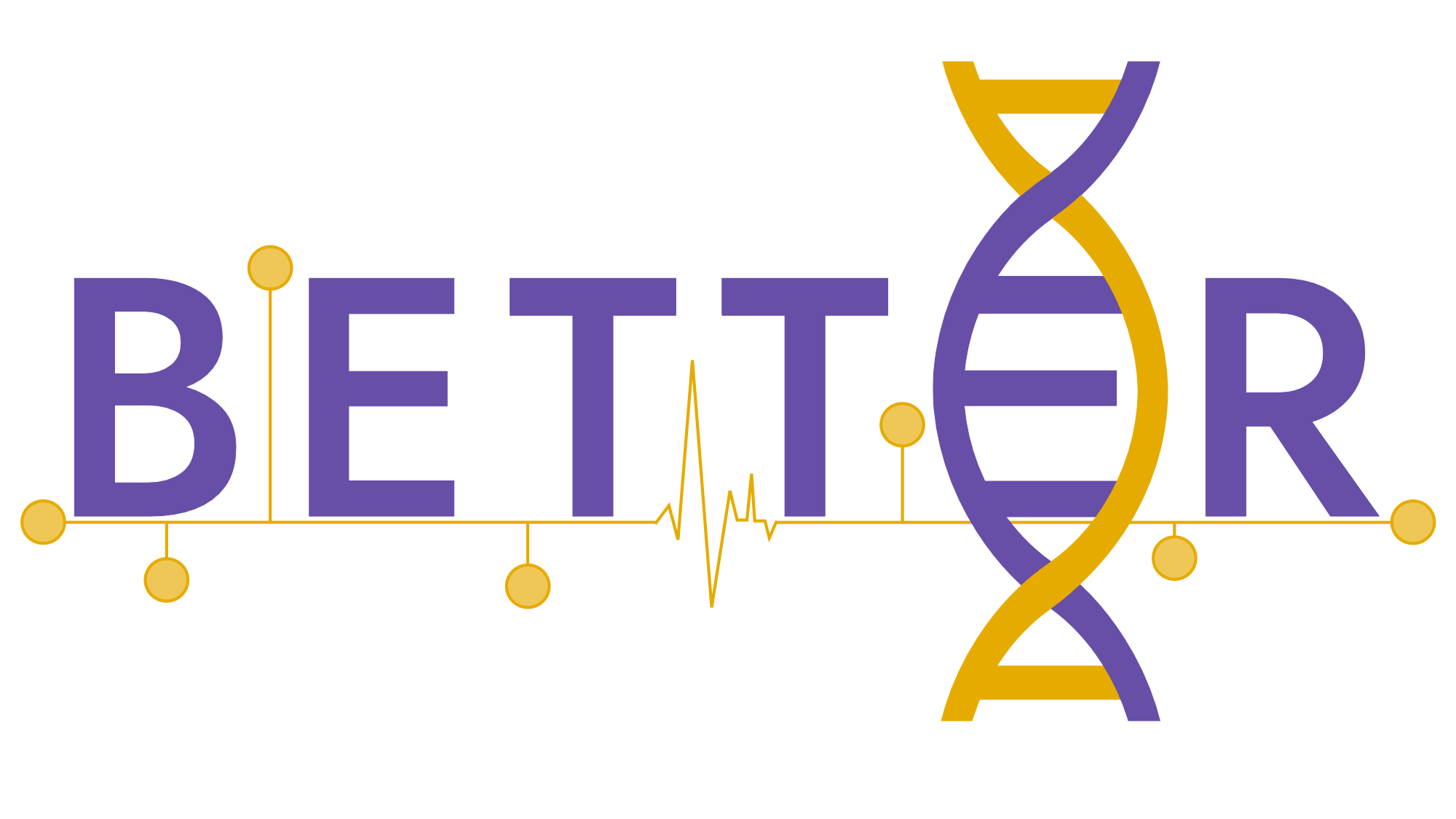July 2024
AI trained to detect cancer cells in blood tests!
01/07/24 12:33 Filed in: Rheasoft
A simple blood test may be all there is needed to detect cancer, and even pre-cancer cells, in the future!
How it works:
Scientists have trained an AI model to look at DNA fragments in order to detect and differentiate cancer cells from healthy DNA. In each individual body, all DNA cells are identical. Cancer cells, however, have a different DNA than the body they live in because they are a mutation. An AI model can’t replace healthcare workers, but it can be a great tool as it’s both faster and more reliable in detecting differences at cell level.
Pros:
This AI model can detect cancer and even the initial stages of a mutating cell before it can develop into cancer. It can also spot relapse in cancer patients faster than we are able to today. We already know that early detection can be the difference between life and death when it comes to healthcare.
Cons:
The AI model is so effective that it can detect pre-cancer cells, however, far from all pre-cancer cells develop into actual cancer. As a result, a lot of people can potentially get very invasive medical intervention which would not have been necessary. Not only is this a huge cost in terms of money but also in terms of quality of life for those patients.
Another issue is that the AI model can’t specify where in the body the cancer is located, only that there is cancer or pre-cancer cells present in the blood. In other words; the healthcare workers have to do some detective work to locate it after detection!
Challenge:
The initial research studies for this AI model have been made with a limited group of patients with different types of cancer. To develop a reliable cancer detection AI tool, there is a need for more studies with much more data. Both larger groups of patients and specific studies for each different type of cancer is necessary.
In relation to the BETTER project:
While both this cancer detecting AI model and the BETTER project are AI to be used in the healthcare sector, they are in no way competing with each other. On the contrary!
The cancer detecting AI model is a tool for hands-on healthcare directly involved with patients. All it needs is more research studies and more data to be used.
The BETTER project is working towards a tool for researching, developing, and improving treatment by creating a robust decentralised infrastructure which will enable healthcare professionals to exploit the full potential of larger sets of multi-source health data via tailor-made AI tools useful to compare, integrate, and analyse in a secure, cost-effective fashion across national borders, fully complying with present GDPR privacy guidelines.
Potentially BETTER could in the future be the tool to help develop technology like this cancer detecting AI by helping gather data!
The study has been published in the journal Nature Medicine:
https://www.nature.com/articles/s41591-024-03040-4
“Ultrasensitive plasma-based monitoring of tumor burden using machine-learning-guided signal enrichment”
How it works:
Scientists have trained an AI model to look at DNA fragments in order to detect and differentiate cancer cells from healthy DNA. In each individual body, all DNA cells are identical. Cancer cells, however, have a different DNA than the body they live in because they are a mutation. An AI model can’t replace healthcare workers, but it can be a great tool as it’s both faster and more reliable in detecting differences at cell level.
Pros:
This AI model can detect cancer and even the initial stages of a mutating cell before it can develop into cancer. It can also spot relapse in cancer patients faster than we are able to today. We already know that early detection can be the difference between life and death when it comes to healthcare.
Cons:
The AI model is so effective that it can detect pre-cancer cells, however, far from all pre-cancer cells develop into actual cancer. As a result, a lot of people can potentially get very invasive medical intervention which would not have been necessary. Not only is this a huge cost in terms of money but also in terms of quality of life for those patients.
Another issue is that the AI model can’t specify where in the body the cancer is located, only that there is cancer or pre-cancer cells present in the blood. In other words; the healthcare workers have to do some detective work to locate it after detection!
Challenge:
The initial research studies for this AI model have been made with a limited group of patients with different types of cancer. To develop a reliable cancer detection AI tool, there is a need for more studies with much more data. Both larger groups of patients and specific studies for each different type of cancer is necessary.
In relation to the BETTER project:
While both this cancer detecting AI model and the BETTER project are AI to be used in the healthcare sector, they are in no way competing with each other. On the contrary!
The cancer detecting AI model is a tool for hands-on healthcare directly involved with patients. All it needs is more research studies and more data to be used.
The BETTER project is working towards a tool for researching, developing, and improving treatment by creating a robust decentralised infrastructure which will enable healthcare professionals to exploit the full potential of larger sets of multi-source health data via tailor-made AI tools useful to compare, integrate, and analyse in a secure, cost-effective fashion across national borders, fully complying with present GDPR privacy guidelines.
Potentially BETTER could in the future be the tool to help develop technology like this cancer detecting AI by helping gather data!
The study has been published in the journal Nature Medicine:
https://www.nature.com/articles/s41591-024-03040-4
“Ultrasensitive plasma-based monitoring of tumor burden using machine-learning-guided signal enrichment”



